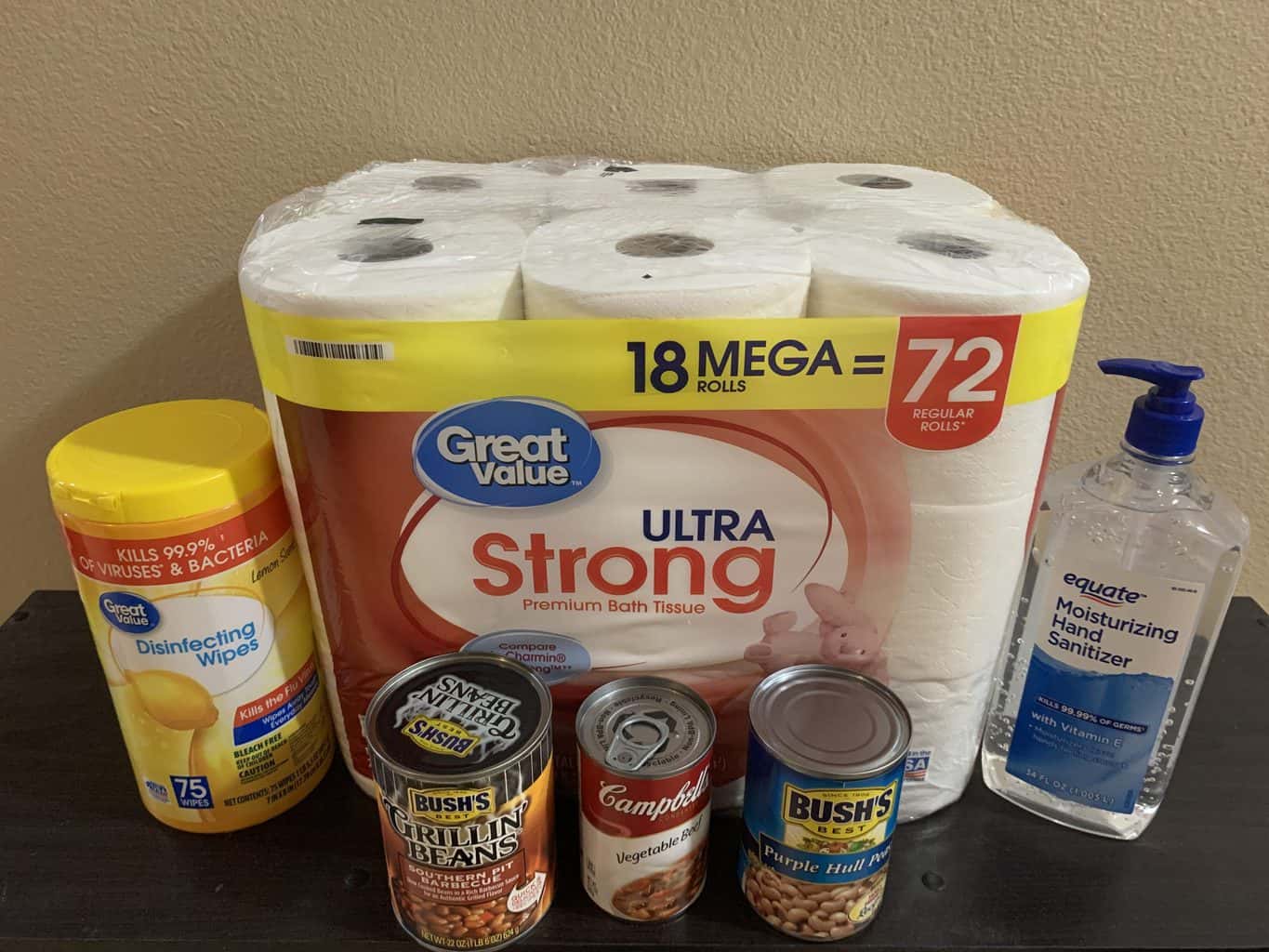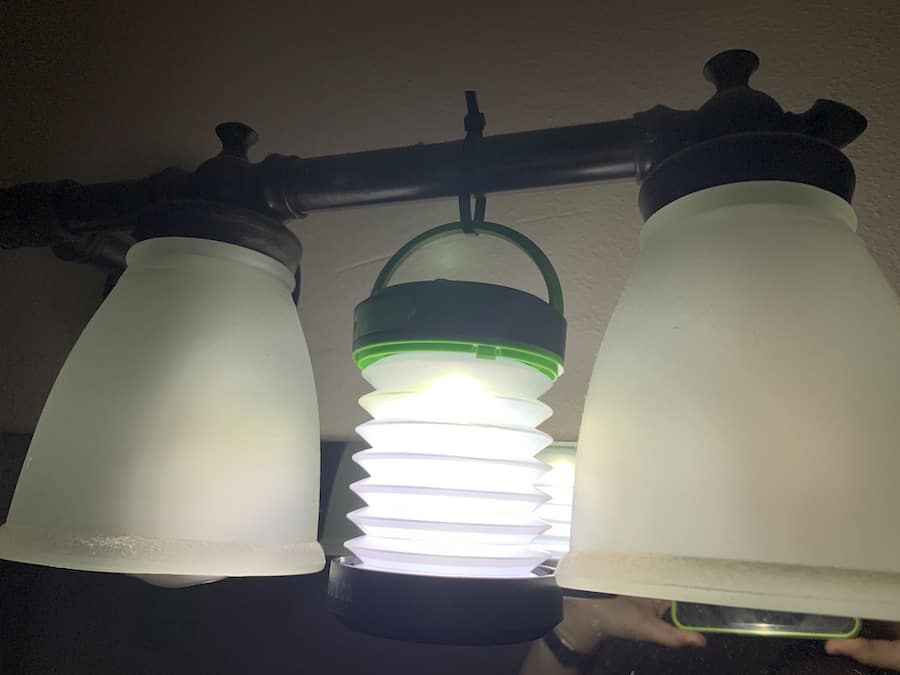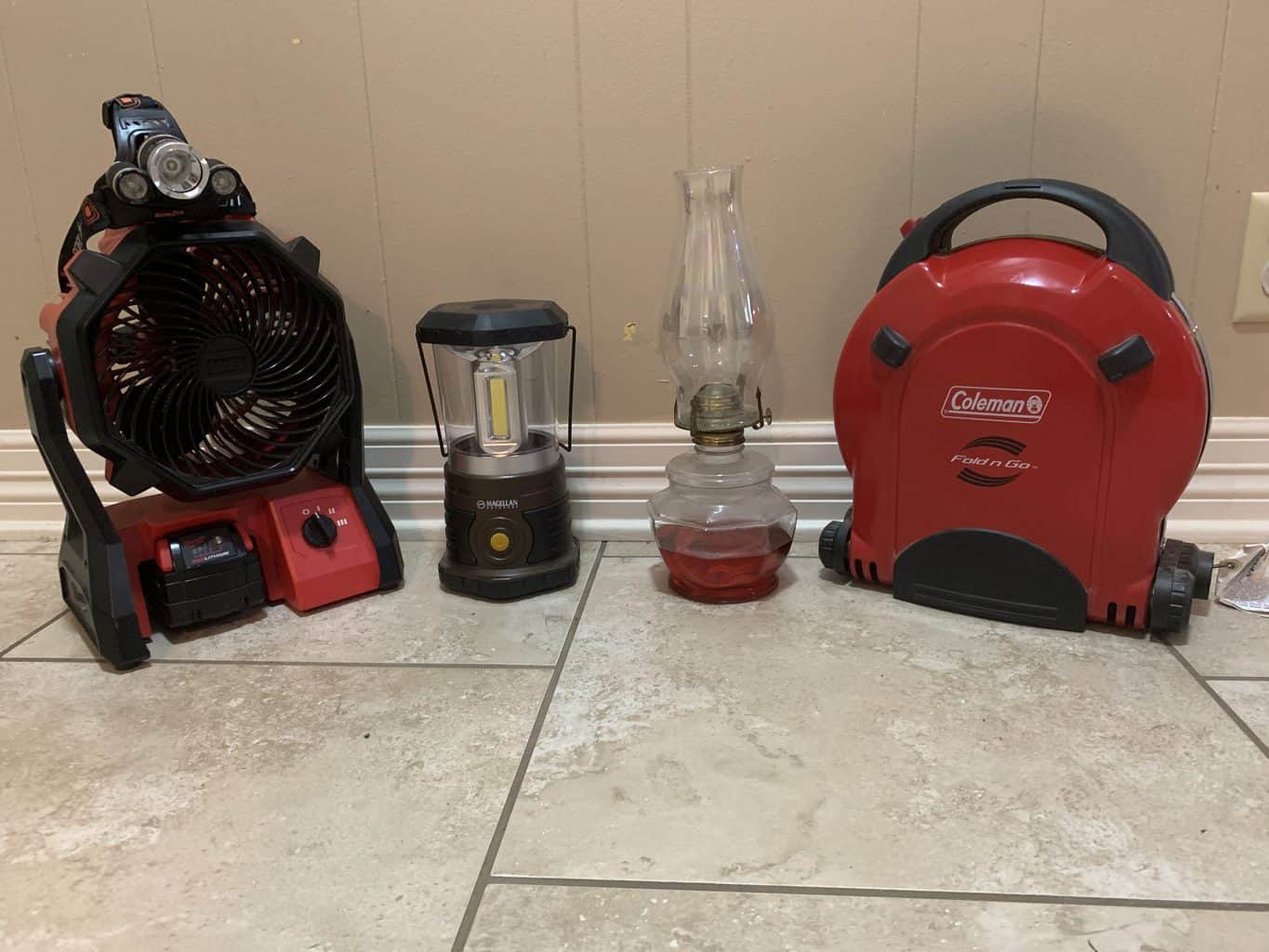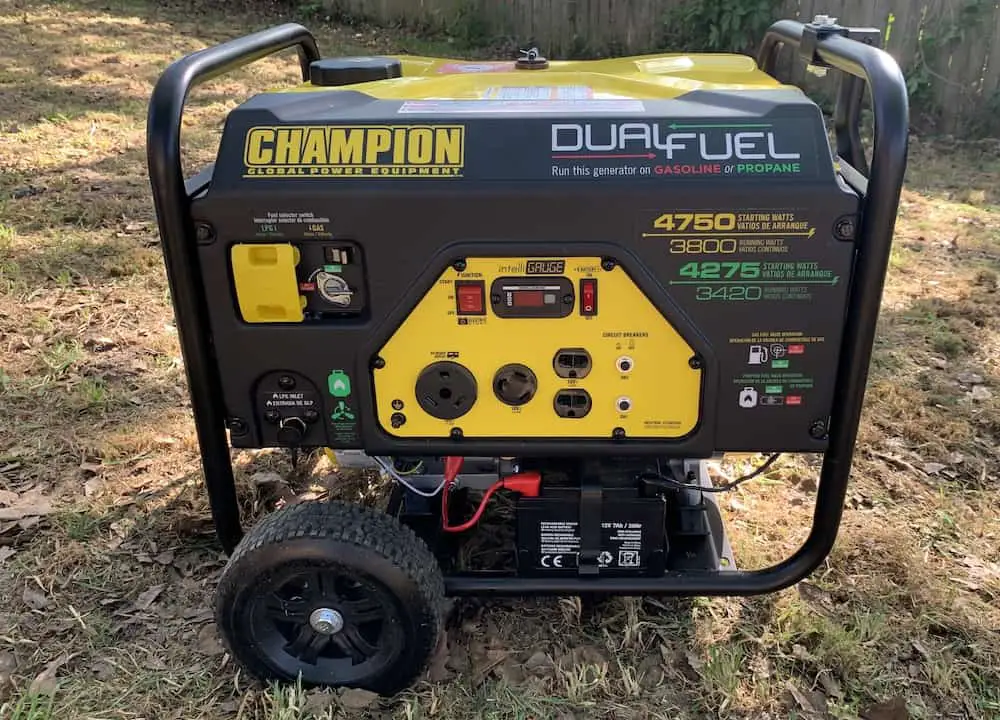Is a Gas Mask Better than N95? Here’s The Real Story
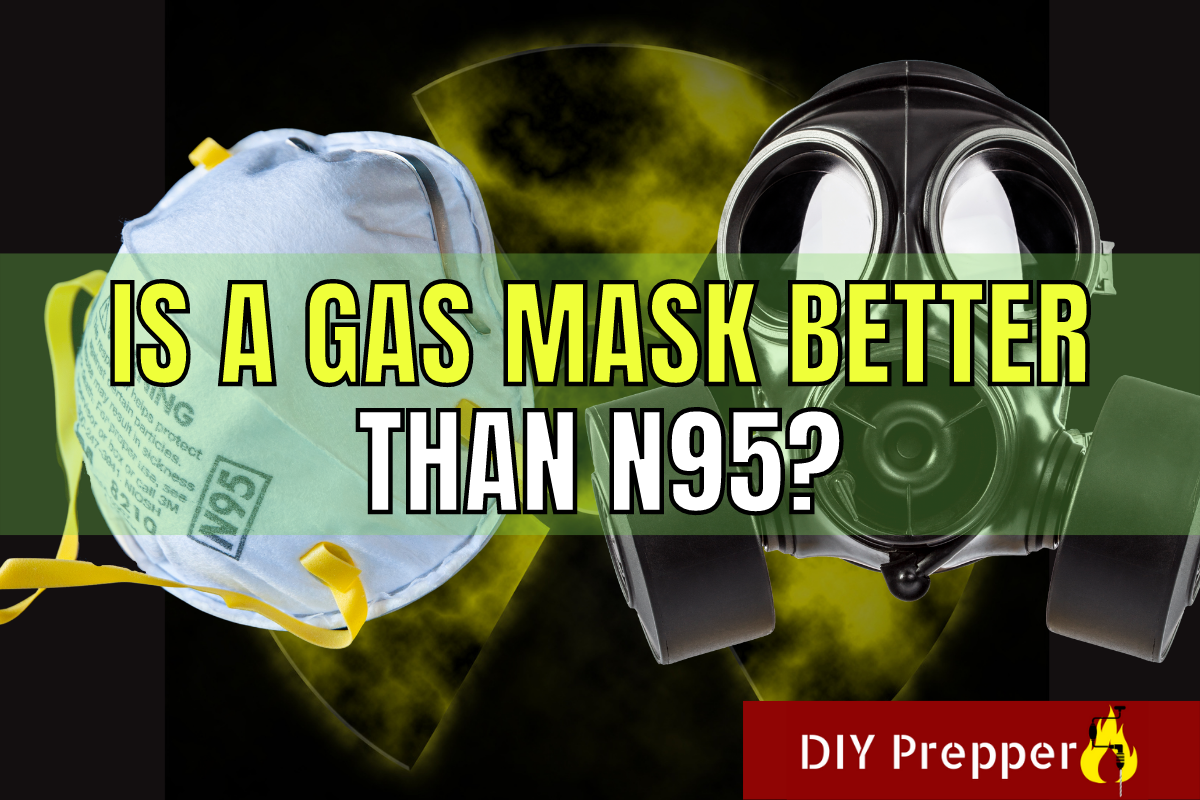
Gas masks and N95 masks are the most well-known types of respirators. However, many people wonder, “Is a gas mask better than an N95?”.
A gas mask is much better than an N95 respirator. Gas masks with the correct filters installed can remove everything that an N95 mask can along with more severe threats such as chemical weapons, biological weapons, and radioactive fallout.
This article will cover the differences between gas masks and N95s and the situations where you may prefer one over the other. I’ll also go over other types of respirators to help you decide which level of protection is right for you.
What Can a Gas Mask Protect You From?
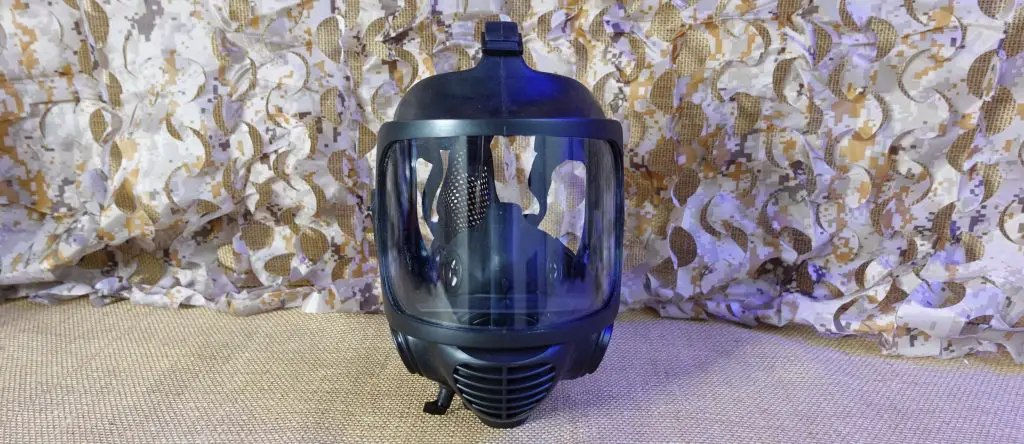
A good gas mask such as this one can protect you from a wide range of chemical, biological, radiological, and nuclear contaminants. It’s the best respiratory protection you can have without utilizing an integrated air source, such as an air cylinder. Gas masks are so effective at removing contaminants that they’re called “air-purifying respirators”.
As the name suggests, chemical gasses are the main threat that gas masks are designed to protect you from. They were invented in 1915 and were instrumental in World War I when chemical weapons first saw wide-scale use. Mustard gas, sarin, tear gas, and pepper spray are a few examples of chemical agents that a gas mask can remove.
Gas masks can also protect you from various kinds of bacteria and viruses. These could be in the air due to a disease outbreak or could be the result of biological warfare. Anthrax is one of the most well-known biological agents, however, there are others, including tularemia, plague, and smallpox.
You can also wear a gas mask to protect yourself from some radiological and nuclear threats. A mask with the proper filter can remove radioactive particles from the air before they enter your body. However, it’s important to understand that they won’t protect you from ionizing radiation which can pass through the mask and other protective clothing.
Other Advantages
A gas mask, unlike N95 masks and some other industrial respirators, protects your full face. This will prevent contaminants from entering your mouth, nose, and eyes. It will also prevent your face and eyes from being burned by certain chemical agents that could blister your skin.
Another advantage that a gas mask has over N95 masks is that they’re reusable. Cleaning the mask and replacing the filters will allow you to reuse it several times. N95 masks, on the other hand, are designed to be used once and then discarded.
How to Select a Good Gas Mask
In order to have the best protection possible, you need a quality mask and good filters to go with it. You can find surplus gas masks for a relatively low price, however, doing that does come with risks. You don’t know what conditions they were stored in, so they may be damaged.
Modern gas masks, while more expensive, could be a safer bet. If purchased new, you’ll know that you’re getting something that wasn’t used and abused in the field. If you purchase them new and keep them in their original packaging, masks such as the Mira Safety CM-6M can be stored for 20 years.
The CM-6M is made of bromobutyl rubber which makes it resistant to many chemical agents. It meets CBRN standards, meaning that it can protect you from chemical, biological, radiological, and nuclear threats. It uses standard NATO 40mm filters, meaning that you’ll have plenty of options in regards to the filters that you can use.
The CM-6M has a full-face panoramic visor that gives you a wide field of view. The mask is designed so that it won’t fog up while you’re breathing and includes a drinking tube so you can drink from a specialized canteen without removing the mask. The only downside to having such a wide field of view is that it can be difficult to shoulder a firearm while wearing the mask.
If you want to be able to shoulder a rifle properly while wearing a gas mask, then the CM-7M Military Gas Mask is a better choice. It has two eyepieces rather than one large one, allowing the user to get a better cheek weld. The CM-7M offers the same level of protection as the CM-6M with slightly less visibility.
How to Select the Right Gas Mask Filters

A gas mask is absolutely worthless if you don’t have the right filters to go with it. When selecting filters, you need to look at a few different things. First, make sure that any filters you’re considering buying will fit your mask. Most gas mask filters use standard 40mm threads which are compatible with most gas masks on the market.
You also want to select filters that will remove the largest number of contaminants possible and have a long shelf-life. One example of a high-quality gas mask filter is the NBC-77 SOF. It can remove all known CBRN agents and has a shelf life of 20 years. This is a significant improvement over other filters which may only last 5 years in storage.
Related: Do Preppers Need Gas Masks?
When Do You Need a Gas Mask?
- If you live in an area that could be the target of a nuclear, biological, or chemical attack. (Examples include major cities and anywhere close to a military base.)
- Situations where you may encounter tear gas or pepper spray. (Protests or riots are taking place near your home, job, or business)
- If you live near a power plant or other industrial facility.
- If you live near a major highway, port, or railroad tracks.
- A bacterial or viral outbreak has occurred near where you live and it’s transmitted by respiratory droplets.
What Can an N95 Mask Protect You From?

The best use for N95 respirator masks is to help remove particulates from the air that you breathe. On a job site or around your house, they’ll prevent you from breathing in sawdust, mold spores, and even smoke particulates. They can also help protect you from some kinds of mists and aerosols.
Specialized surgical N95 masks are a type of N95 mask that is used in hospitals and other medical settings. They’re used to protect the user from aerosolized droplets caused by coughs and other bodily fluids. (Blood and other fluids may go airborne for many unfortunate reasons.)
The “N” in N95 stands for “non-oil”, which means that you should avoid using the mask in areas with oil-based particulates. These can include common lubricants as well as some solvents and pesticides. The number 95 means that it can remove 95% of particulates 0.3 microns or larger. However, that is only true when the mask is fitted properly.
N95 masks come with 2 straps. The bottom strap should rest on the back of your head under your ears and the top strap should be on the top of your head. You should make sure that the entire mask seals around your mouth and nose, with the nose piece fitting snugly around your nose. There should be no gaps between your face and the mask.
Some N95 masks come with a valve on the front to help make breathing easier. It allows exhaled breath to move through it without having to go through the mask itself. They also help keep the mask cooler, which is important if you’re working in a warm environment. However, they should not be used in a sterile environment since the exhaled breath isn’t filtered.
What an N95 Mask Won’t Protect You From
Since N95 respirator masks only cover your mouth and nose, they’ll do nothing to protect your eyes. Using safety glasses can provide some protection from airborne dust and most respiratory droplets. However, your eyes will still be vulnerable to airborne gasses, vapors, and fine powders. This means that an N95 will not be able to protect against things like mustard gas and sarin.
While N95 masks can remove spores of some biological agents such as anthrax and tuberculosis, their effectiveness will depend on how well they seal to your face. A gas mask will do a much better job in this regard. However, if a gas mask isn’t available, then a properly fitted N95 mask could save your life.
The same is true for N95 respirators and radioactive particles. An N95 will reduce the amount of dust and ash that you breathe in, but a gas mask will do so more effectively.
It’s also worth mentioning that N95 masks are designed to be single-use items. Using them repeatedly can reduce their effectiveness.
When Do You Need N95 Respirator Masks
- Home improvement projects that involve cutting, drilling, or sanding.
- When doing yard work.
- While burning brush or crossing an area with nearby fire and smoke.
- If you’re a medical professional needing protection from respiratory droplets.
Half-Face Respirators
The last kind of respirator that we’ll cover in this article is half-face respirators. These are commonly used when painting or performing other tasks that will expose the user to fumes, gases, or sprays. They also do a better job protecting the user from dust and other small particles than N95 masks.
I originally bought my half-face respirator for a toolbox restoration project that involved removing lead paint. However, it has quickly replaced my N95 masks for other tasks as well, such as painting, sanding, and even mowing the lawn. (I have horrible allergies.)
You can find a half-face respirator similar to mine by clicking here.
Filtering cartridges are available here.
Half-face respirators are reusable face masks that use silicone or some other material to form a good seal around your mouth or nose. They can accept numerous kinds of replaceable filters or cartridges.
In my opinion, they’re the best kind of respirator to use for most jobs around the house and job sites. They offer more protection than N95 masks but are cheaper and less cumbersome than full-face gas masks. Their main drawback is that they don’t protect your eyes. Because of this, it’s still a good idea to have a gas mask just in case. (There are some industrial respirators that will protect your eyes. However, they may not be able to protect against all of the contaminants that a gas mask can.)
Conclusion
The bottom line is that N95 masks and half-face respirators work well for projects around the house and in some medical environments. However, if you are dealing with more serious threats, especially man-made ones, then a gas mask is your best bet.
Having a high-quality, properly fitted, gas mask with good filters could save your life if you are in an area with chemical, biological, nuclear, or radiological threats. However, they are not a license to stick around. Put it on and then get to safety as quickly as possible.
Other Resources
You can learn more about the proper way to use N95 masks, respirators, and gas masks by clicking the links below.

